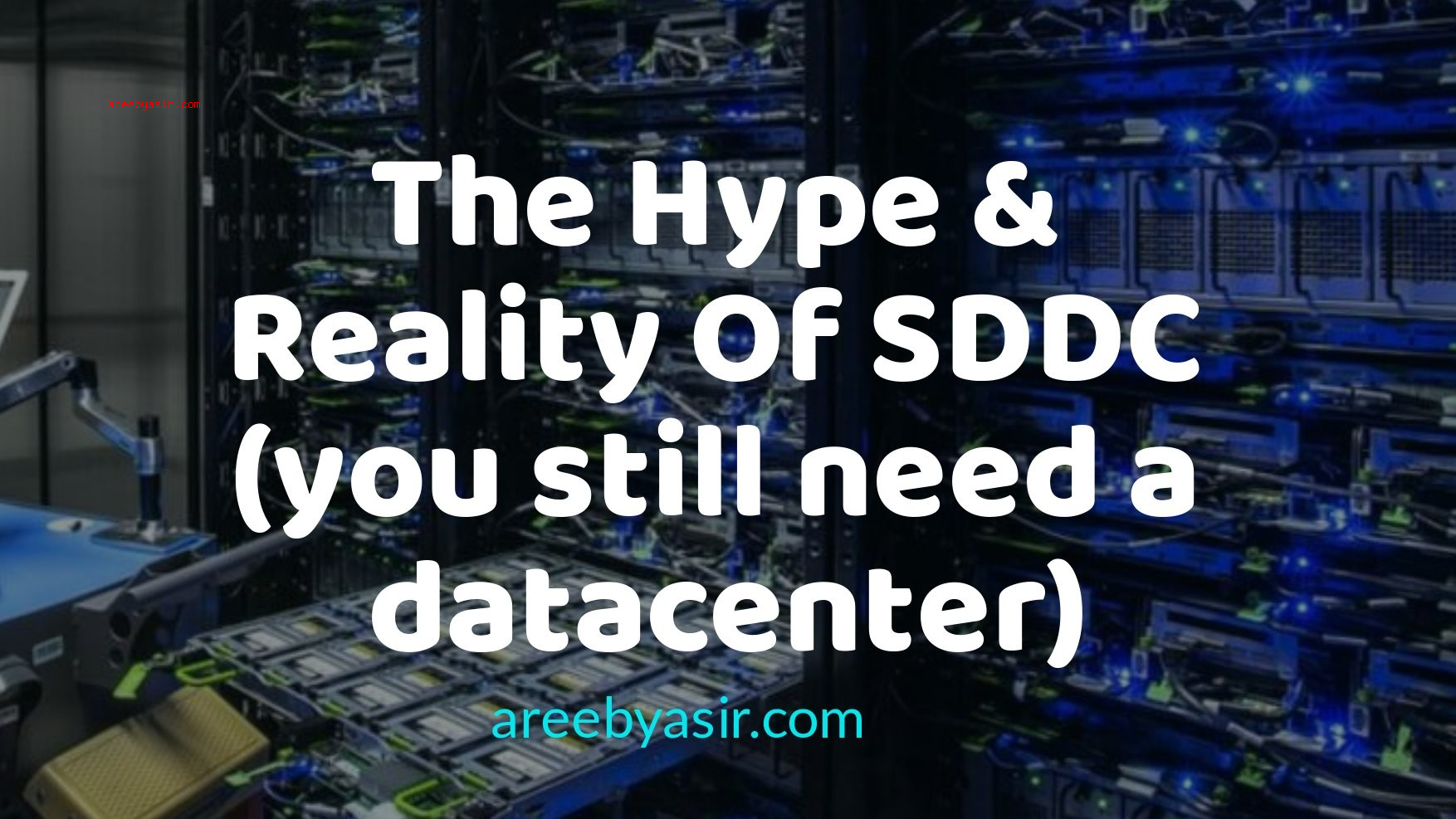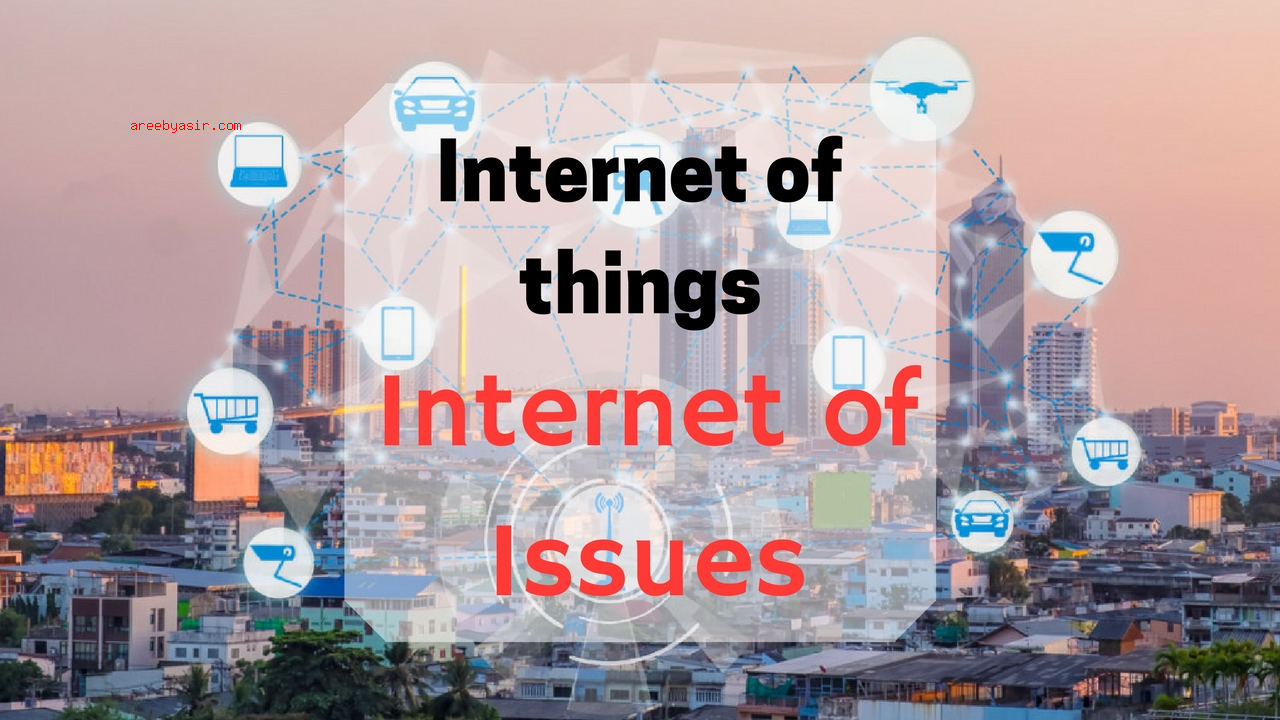The Hype and Reality Around SDDC (Software Defined Data Centers)

There’s been growing interest and hype around software defined data centers. It sounds great on paper to have a whole datacenter in software that is portable and flexible. But people forget, that the REAL datacenter is and always will be physically based. Now, I’m not saying that in the future things will not be more software based, but as it stands now, very few companies have the need or ability to make everything 100% software based.
What does software based really mean? Our hardware runs dedicated software or firmware on it. Could we not call that software based? Now, I get the point that SDDC is more closely defined as a fully virtual datacenter with virtual switches, routers, NICs, storage and more. But at the end of the day that Virtual Datacenter is powered by core physical networking and switching on the backend.
In fact I’d argue that a lot of software implementations are not as efficient as hardware. A good example is why do routers use ASICs if a computer running some sort of software is better? In fact we know better, that ASICs are better suited for firewalls, DDOS and routing.
I’m sure in the future that this may be more of a possible reality as computing becomes smaller, faster and more efficient. But with that said SDDCs are quite new and the technology is rather untested and immature. A good example of that I would say is VMWare’s vSphere suite which I’ve found to be extremely buggy and unreliable. If vSphere itself has so many bugs and issues I think it would be crazy to trust a whole datacenter under its care.
What SDDC really is being used for I think is to force people to adopt vendor specific implementations that make it VERY difficult to migrate away from. Right now for example if we are using all Cisco is it hard to switch to all Juniper or HP switching and routing? No, not really aside from different implementations you can just plugin whatever hardware you want and walk away. This is not the case with most SDDC implementations.
And I’ll say it again, any SDDC is powered by a PIDC (Physically Implemented Data Center) so why would you add extra levels of complexity and potential failure?
I’m sure in the future when a single small box has the power to handle hundreds of gbits per second and run thousands of VMs this would make more sense but until we are at that level I think SDDC is largely hype and impractical. In fact many others argue that all but the biggest companies could ever possibly benefit or migrate to an SDDC.
Time will tell but hype in IT is a strange thing and once it catches on it becomes a driving force regardless of relevance or practicality :).
Cheers!
A.Yasir




